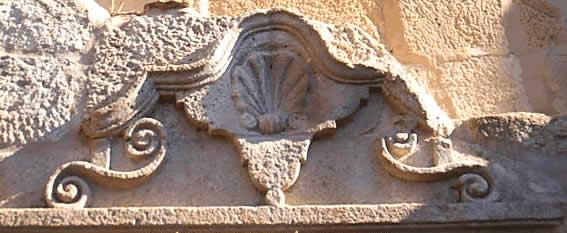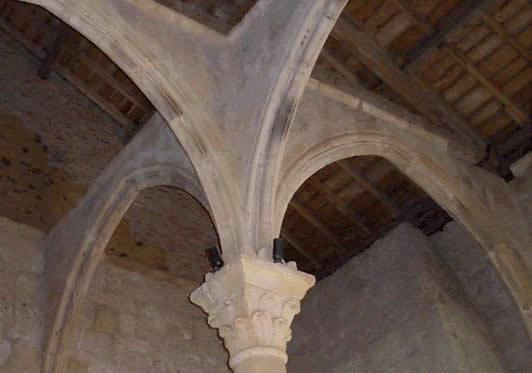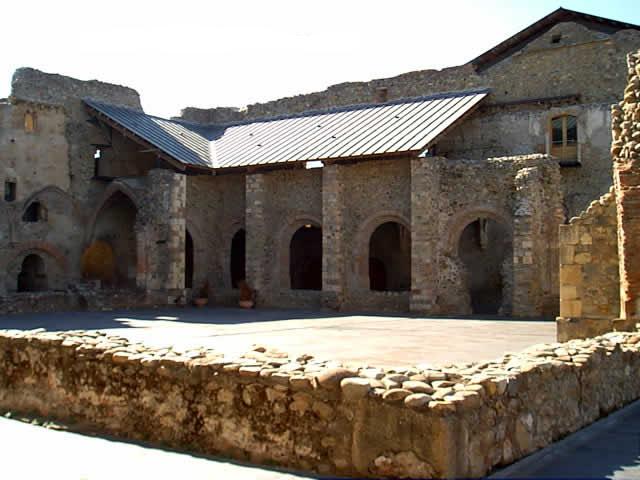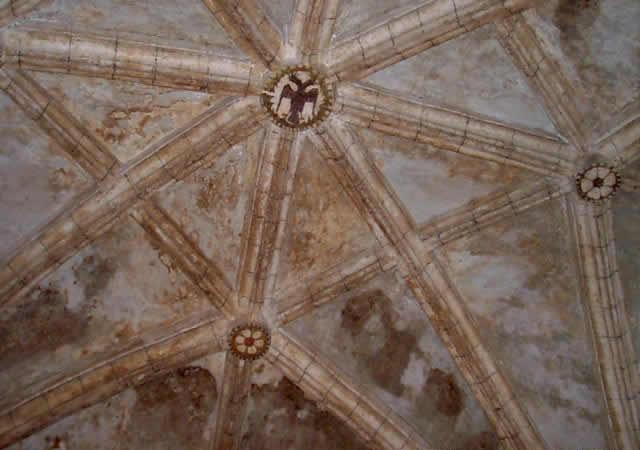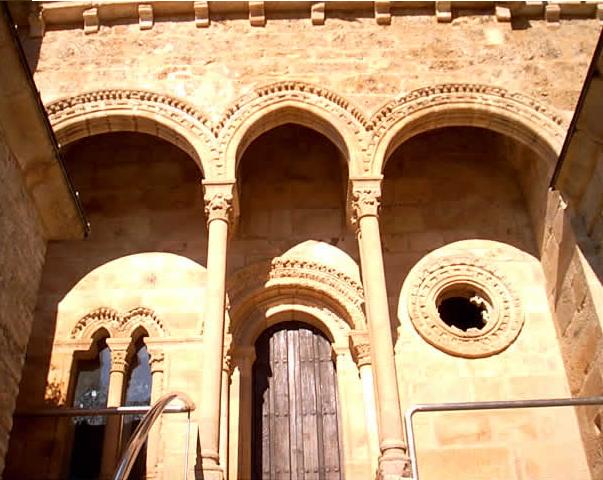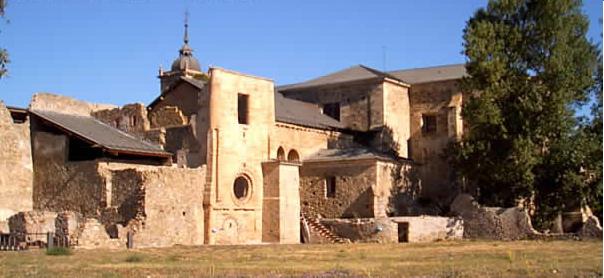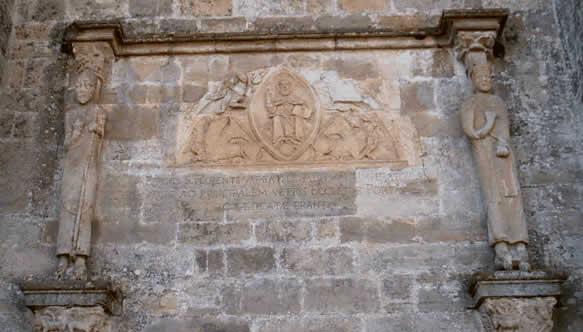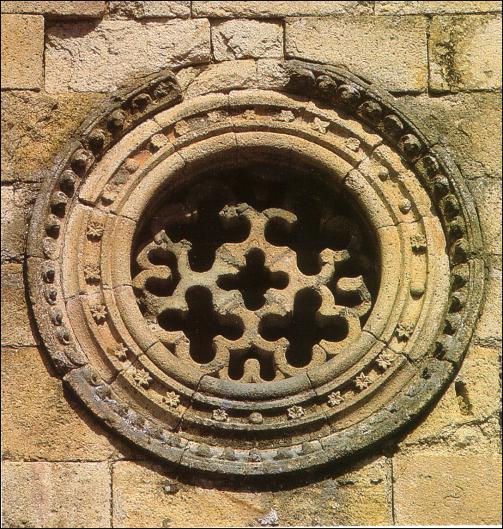Tourism Monastery of Santa María de Carracedo
The Monastery of Santa María de Carracedo are located 20 km from La Portela de Valcarce.
The monastery was founded in the year 990 by King Bermudo II to, among other aims, to help the fugitive monks from other regions, who sought their protection when seeing their houses destroyed by the armies of Almanzor.
The king donated the town of Carracedo with all its belongings, houses, and its palace, so that they constructed a church there. They built the monastery, dedicated to the Savior of the world.
Another attack by Almanzor almost completely destroyed it.
King Bermudo II died in 999, when the monastery was not yet ready to receive his body; Despite everything Carracedo is known as the first real site of Spain.
Years of great hardship have passed for the monks, who work tirelessly to raise the ruins left by Almanzor. From this long period we have hardly any news.
As early as the twelfth century, Queen Dona Sancha ordered it restored and since then became known as the Monastery of Santa María de Carracedo, whose name is now known.
From then on Carracedo acquired an enormous prestige in all the North of Spain. It became a real economic power, since according to the customs of the time, the kings and the faithful made great donations. It exercised jurisdiction, in addition to other Bercian monasteries, in Galicia, Asturias and Leon.
Then a period of decay followed, but in the sixteenth century the religious splendor of Carracedo was restored. The monastery had a great influence in the people of the town; The children went to their school; The sick looked for remedy to their illnesses in the hospital that the friars took care of; And the poor of the region were received to remedy the physical needs of hunger.
In the nineteenth century the monks dispersed due to the Napoleonic invasion, but mainly by the law of confiscation of Mendizabal (1835). It is then that the community disappears, leaving the monastery and passing the greater part of the building to private hands, with the consequent and progressive deterioration of the dependencies of the monastery, as well as the disappearance of many works of recognized artistic value.
Until 1987 the monastery was in a state of dismal abandonment and ruin. In 1988 the Provincial Deputation of Leon initiated the restoration and consolidation of the building.
At the moment its great artistic values can be admired. Next to it is The Royal Palace, better known as Palacio de Dª Sancha, the only palace of the Leonese kings existing at this time.





